How are you measuring light?
I din't know how to answer that question, and here's my reflection.
Everything started when I was talking to my friend Guto about not having reflux at night after putting 10,000 steps a day. During our conversation about getting old, he mentioned a funny question that most doctors ask, and is usually underestimated and forgotten…
Are you drinking enough water?
That’s one of the first things a doctor might ask. It sounds basic, obvious, or even dumb. But it cuts deeper when you realize it points to something essential, something that affects everything else in your body.
In photography, there’s an equivalent question that doesn’t get asked enough: How are you metering the light?
It’s foundational. It shapes the result more than composition, editing, or camera choice. And yet, most of us either let the camera do it or treat it as an afterthought. I know because I used to meter that way. I’d half-trust the camera’s evaluative mode, assume the focus point was doing the job, and move on.
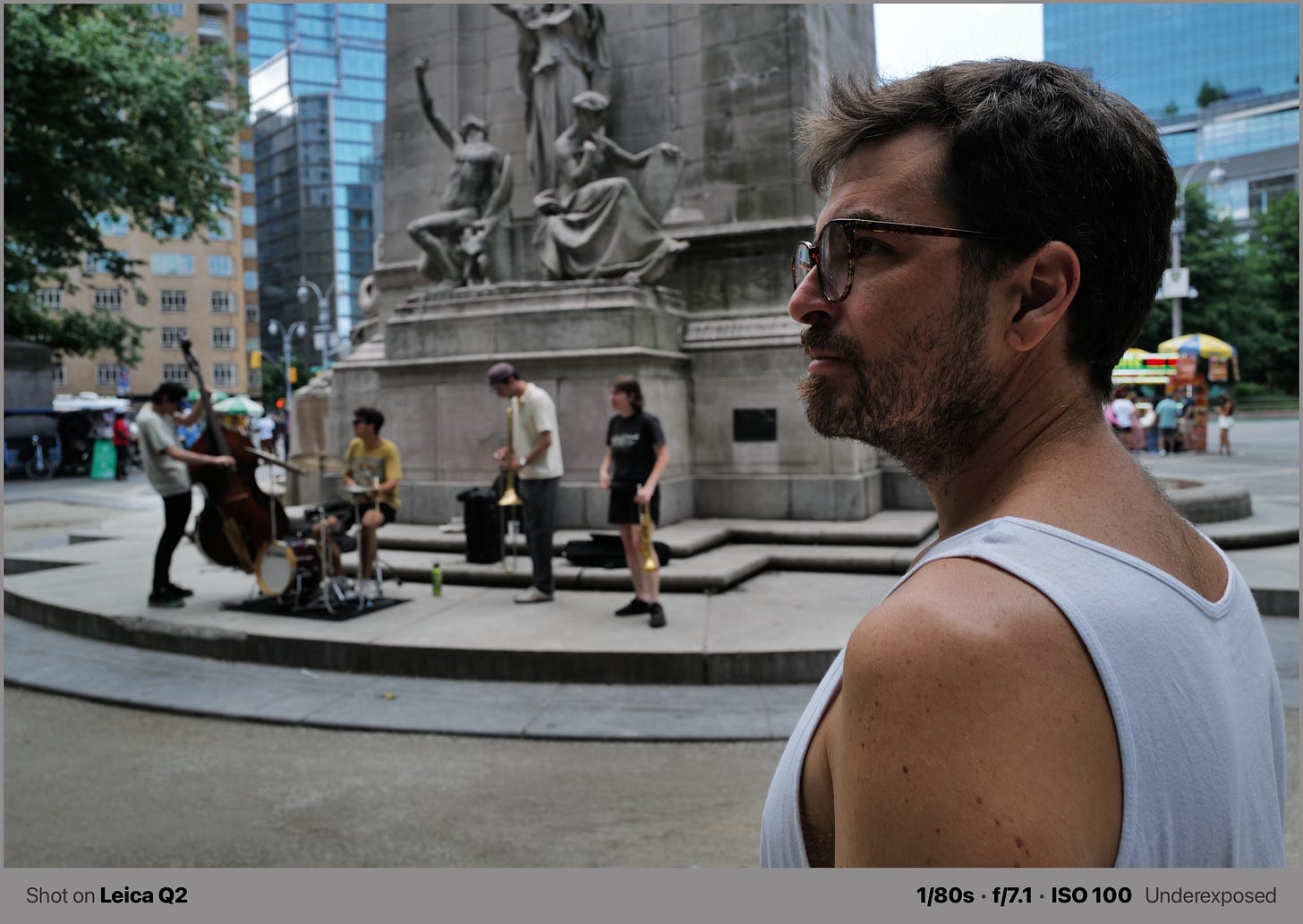
There’s a solution for the above. Because I photographed in RAW, I could save it by pushing sliders, but… is this what I want?
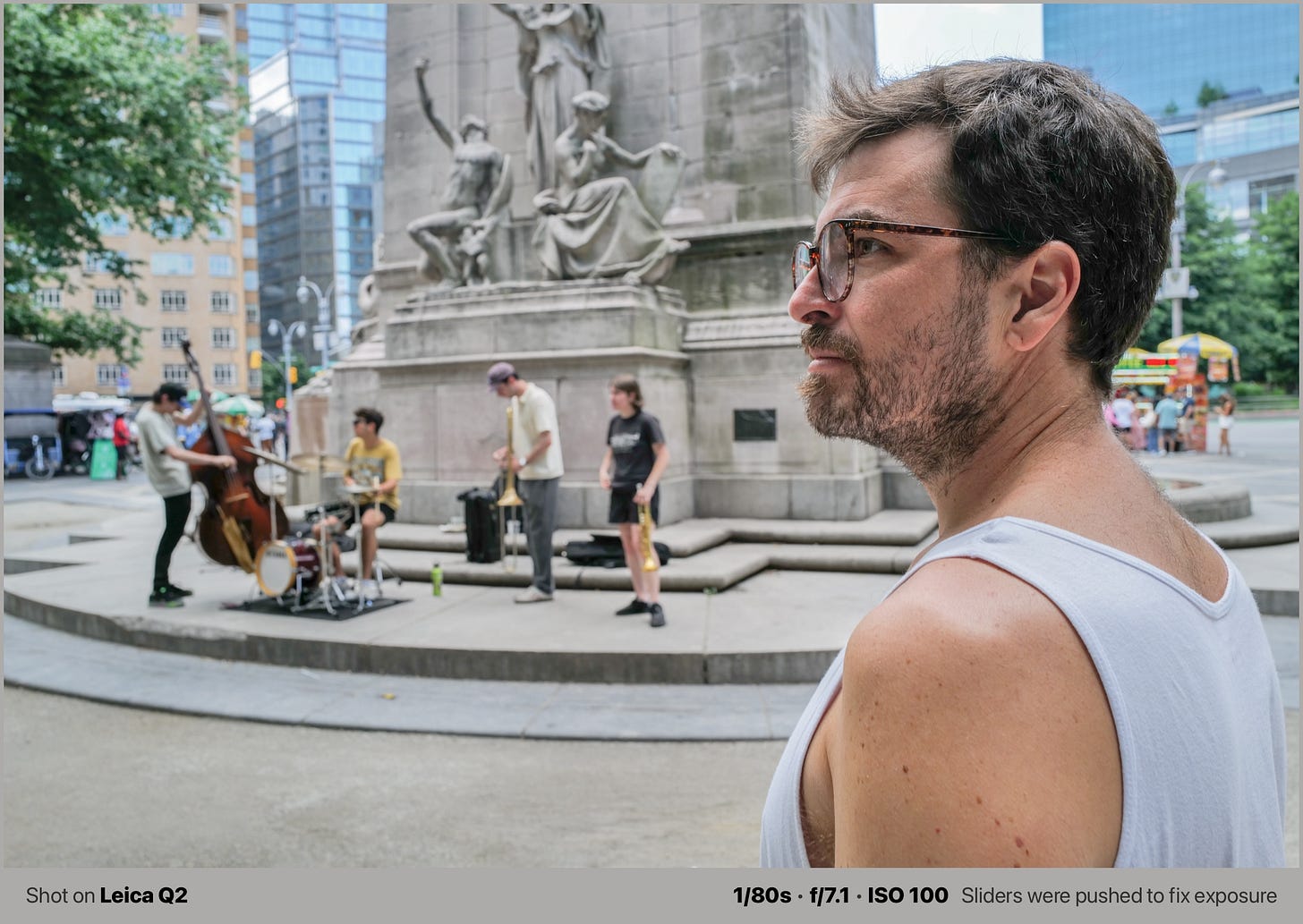
That photometry thing changed when I began a photographic mentorship with one of the most respected Brazilian photographers I know, his name is Thales Trigo. I showed him some photos I was proud of, and his response wasn’t what I expected. He looked and asked, “What were you thinking about when you metered the light for this photo?”
Man, I froze. I didn’t have an answer. Not a clear one, at least. That question stuck in my mind. I wasn’t waiting for that curved ball. I was waiting for topics like composition, depth of field, and some technicalities that at the end of the day are indeed important, but not as much as photometry.
Since then, I’ve been more deliberate. I got a Sekonic light meter, one that reads both incident and spot. I started using the histogram on my digital camera instead of trusting the LCD, which can be deceptive outdoors. I activated the zebra function to highlight areas close to overexposure. These tools gave me a clearer picture of what was actually happening in the frame. And with that, something magical happened:
Now I spend more time behind the camera, than in front of a computer monitor fixing my photos.
For digital, I now shoot JPG instead of RAW, because I don’t need the flexibility of exposure correction after the fact if my exposures are precise. That decision-making at the time of capture simplifies everything else and makes the process of photographing much more enjoyable, with more personality, and not looking instashit washed.
Here are some shots I took from my last trip to Rio de Janeiro, with correct exposure right from the time I pressed the shutter. These are SOOC1 JPGs
If you think I’m being precious because I can change things in the computer, think about the above. How many times you went out for a photo session, and you got overwhelmed by the computer work needed after the fact, resulting in never posting or never sending the photos to your friend? Think about that!
In film photography, the stakes are higher. You simply don’t get a second chance. Either you know it or not. There’s no adjusting shadows in post, no recovering highlights with a slider2. You need to get it right the first time. That’s why understanding the difference between digital and film metering is so important.
“Learning how to light meter for film is equivalent to learning how to position a microphone in front of an amplifier, and record an album to tape. The computer came to solve a problem you didn’t have, because you knew how to do things correctly”.
— Guto Wirtti.
Digital workflows tend to prioritize highlight retention. Color negative film requires the opposite: you meter for the shadows, give it light, and let the film’s latitude handle the rest.
If you underexpose film, you lose detail and introduce unflattering contrast. But if you overexpose slightly, the film holds up. It’s more forgiving in that direction. That’s one of the key lessons I’ve taken from this shift in approach.
So let me play the photo doctor here and ask you: Are you drinking water? In other words, Are you thinking carefully about how you meter light in your photographs?
Take your last landscape shot as an example, look to the photo, check the dynamic range, are there clipped highlights/shadows? What would have you done differently? It's OK if the answer is "nothing", but just the fact if thinking about it is a gain.
What metering mode do you use in your camera? Evaluative? Spot? Have you studied how many degrees is the angle of your camera’s spot metering? Do you know how to differ a good from a bad light meter?
The goal here is not to criticize, but to inspire you to think about light metering in the first place, because once you master it, you develop YOUR consistency across your shots. Everything starts with light, and metering correctly will add your personality and artistic signature to your shots.
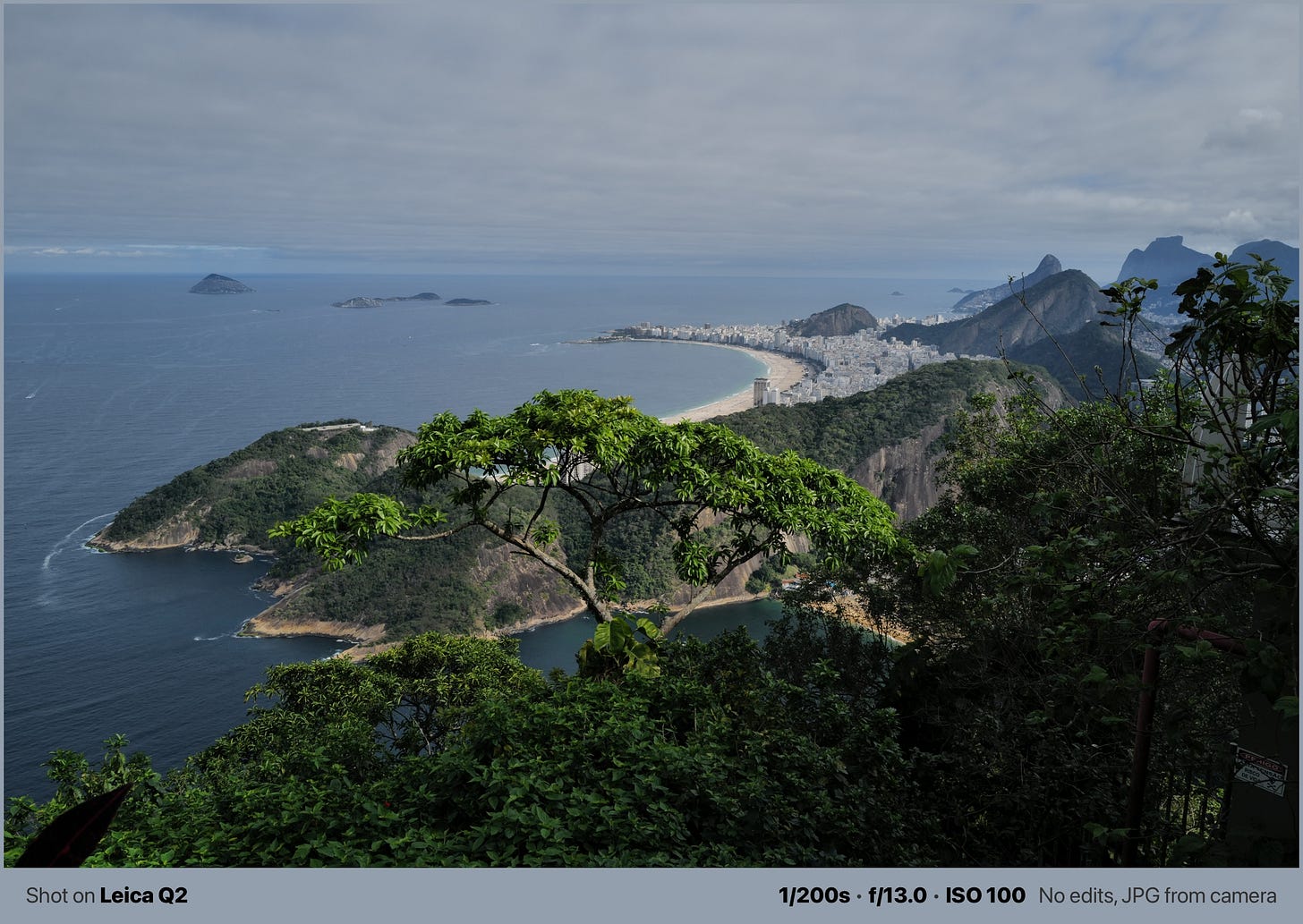
Nowadays, we are surrounded by a plague called Instagram and algorithms, who praise over exposed metering and extreme saturation. This can also be a good call to check photographic works from famous and consolidated photographers, like Henri Cartier-Bresson, Sebastião Salgado, and especially, Ansel Adams. Actually, let me spend a paragraph on this last one…
Ansel Adams
Ansel Adams was pivotal in shaping the way photographers think about exposure and light metering. He co-developed the Zone System with Fred Archer, a method that brought precision and intention to photometry in photography. The Zone System divides tonal range into eleven zones, from pure black to pure white, and helps photographers visualize how different parts of a scene will be rendered in the final image. It bridges the gap between artistic intent and technical control.
Adams treated exposure like a craft. He measured it, controlled it, and pre-visualized how it would translate to the final print.
Ansel’s approach wasn’t about guessing. It was about making deliberate, repeatable choices using a light meter, development adjustments, and printing techniques. That philosophy still resonates today, especially in film photography, where exposure decisions are baked into the negative.
Before you decide on your lens, before you frame the scene, before you press the shutter, the lighting decision matters. It sets the tone for everything that follows.
And once you start doing it deliberately, everything else becomes easier. I promise you.
Happy metering, and enjoy your clicks, because photographing with deliberate light metering has a WHOLE new fun added to it.
SOOC - Straight Out Of Camera.
Well, you kinda have a bit of flexibility by scanning in RAW and pulling/pushing sliders in Lightroom, but the point is to keep a consistency, especially in my case because I like scanning with the film borders, so if I change exposure too much, the film border lettering becomes inconsistent across the roll, looking weird in a book (and no, I don’t want to create adjustment masks, that’s for losers).






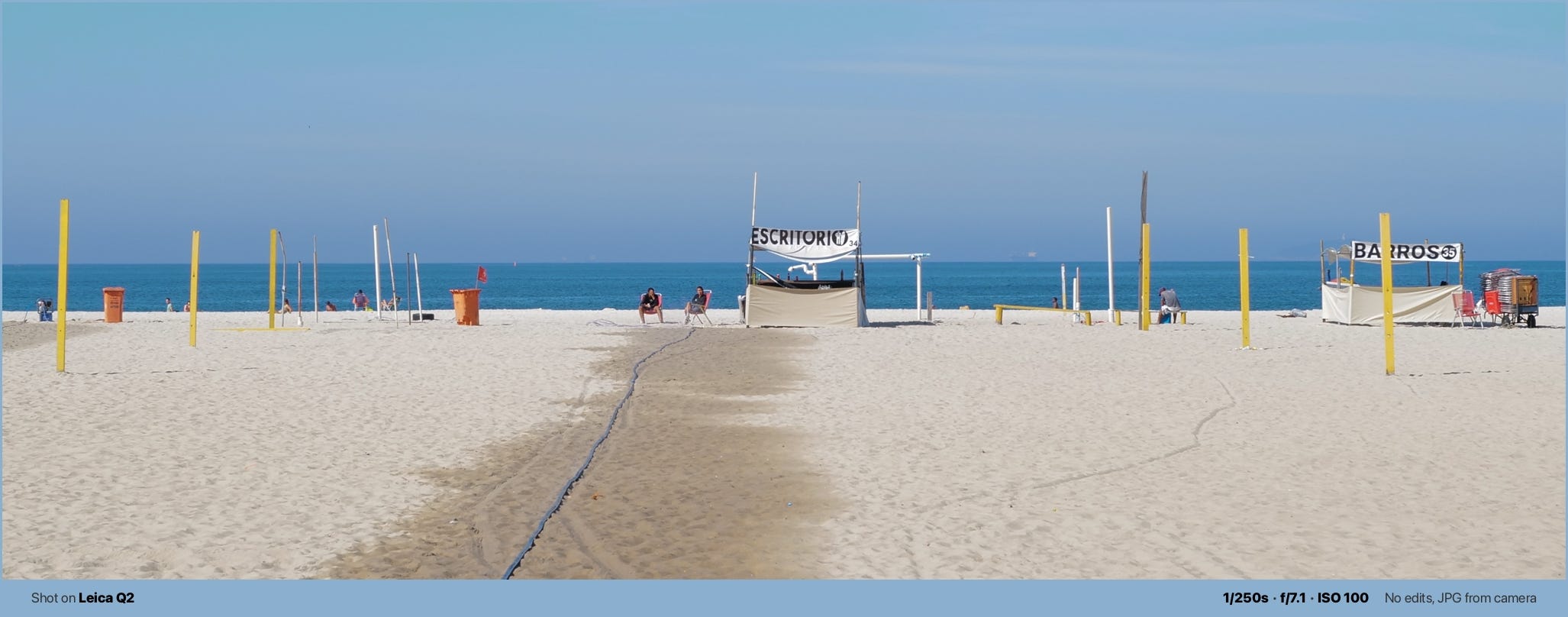
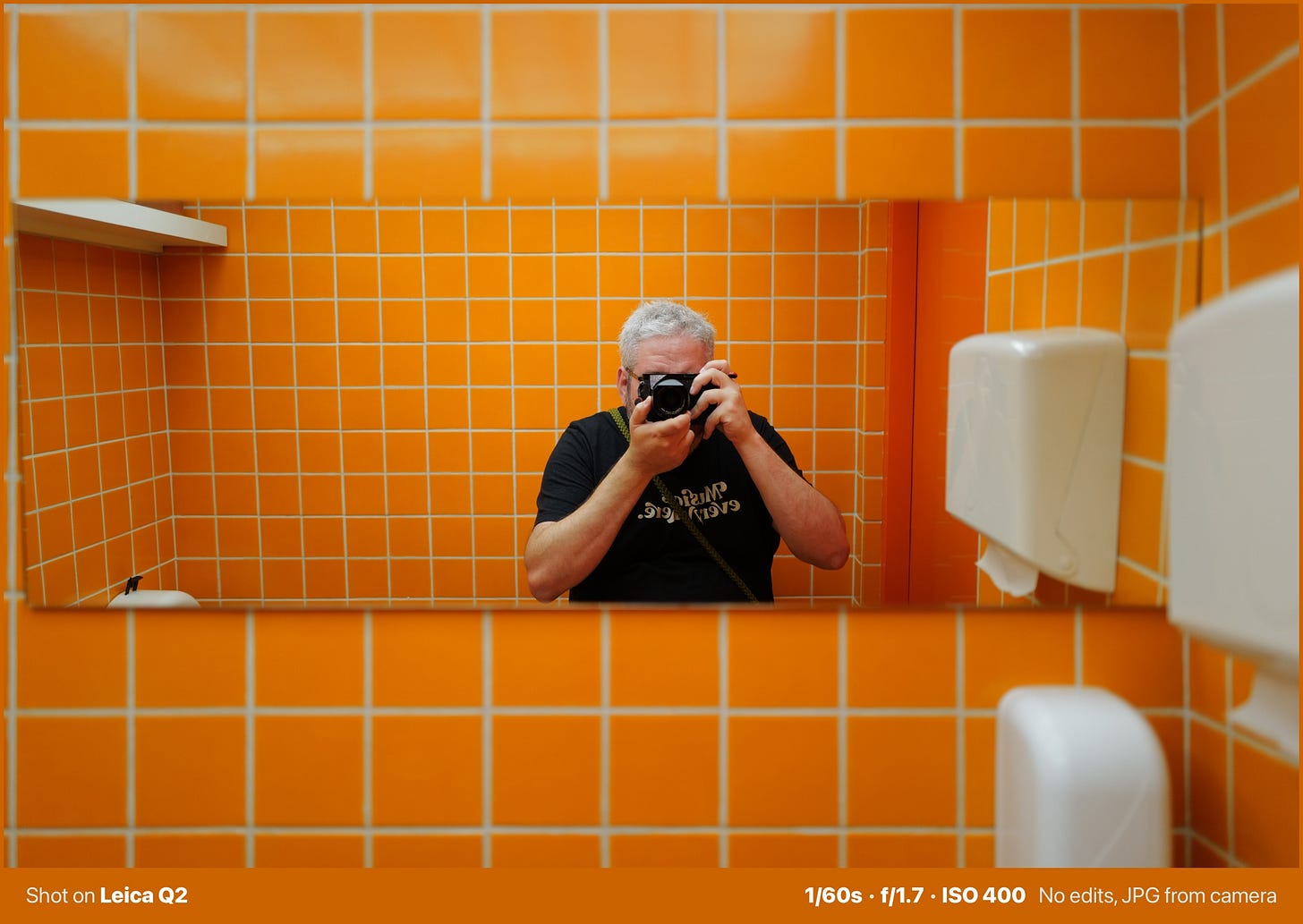
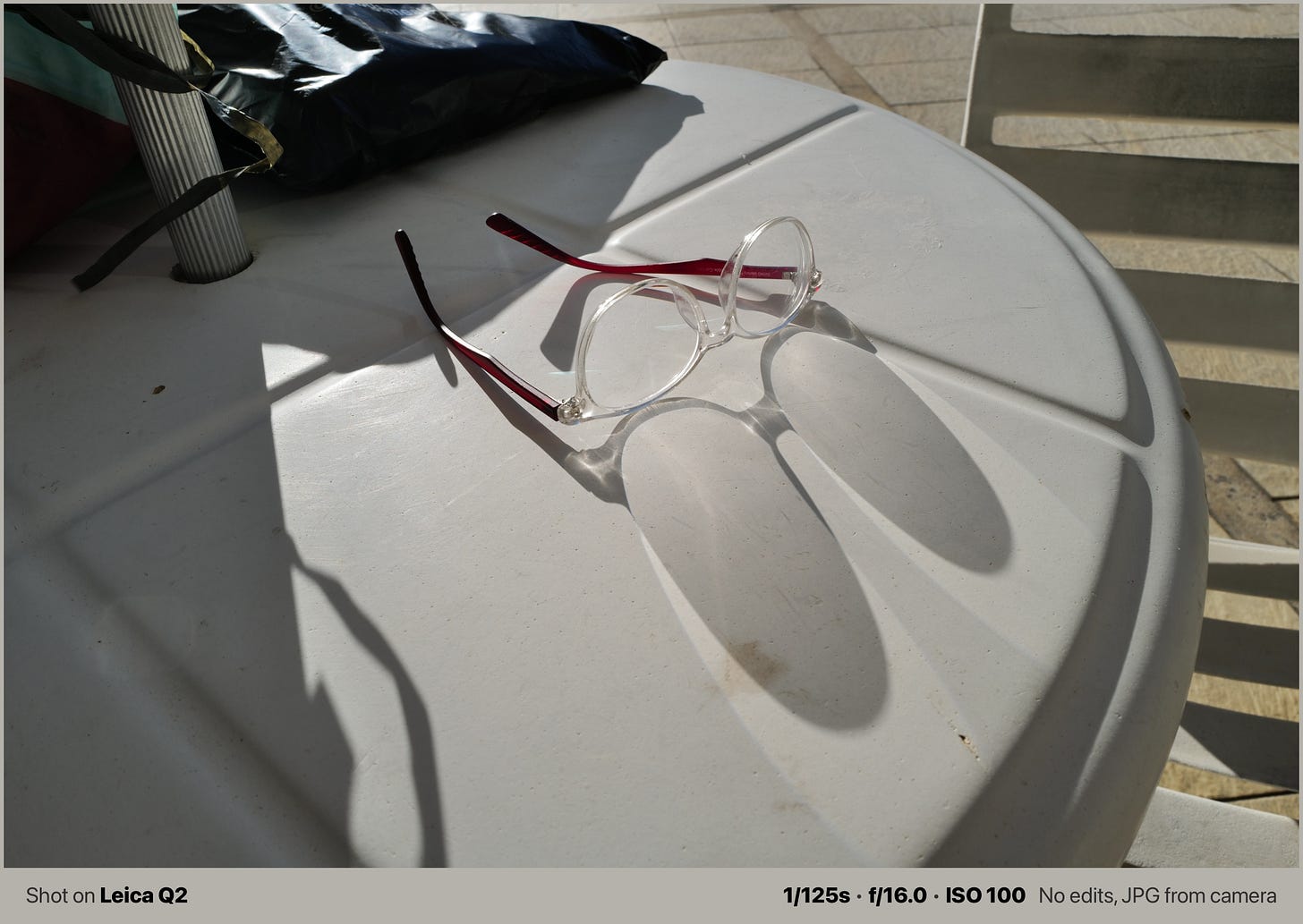

Interesting and important post.
I have tried much harder to check my histogram (and not just for slow, methodical shots like night photography) fairly routinely. Of course there are hurried shots or situations where I don’t or I forget but I’m trying to get better about that and this post is a great reminder.